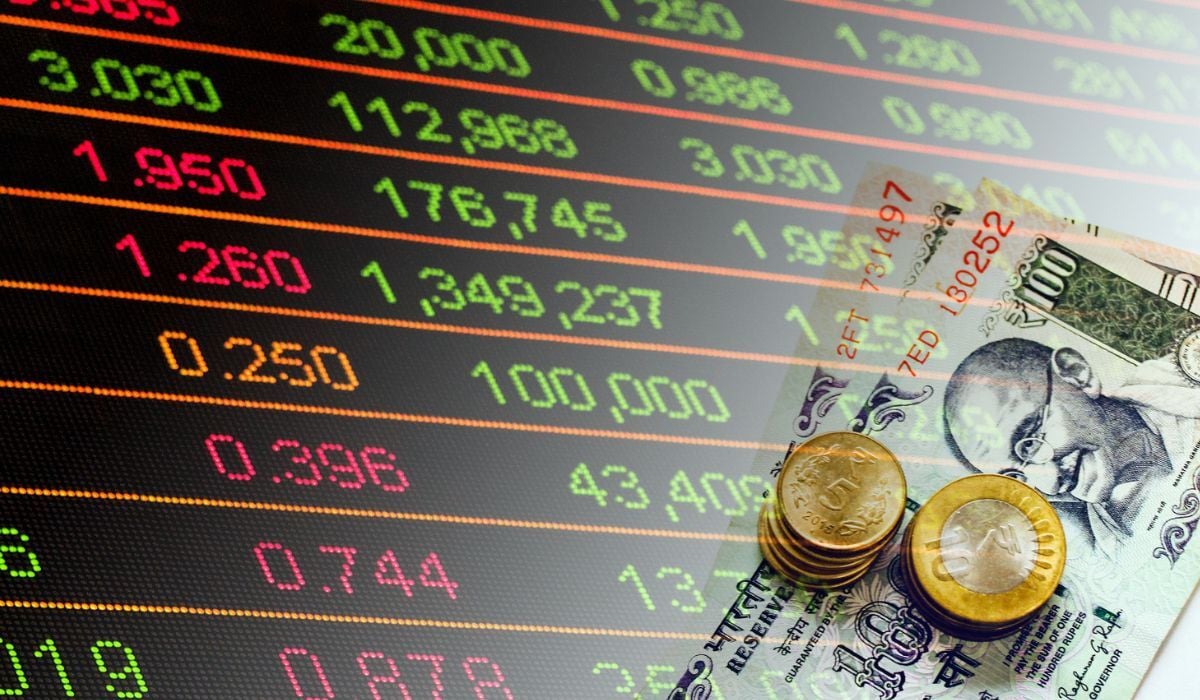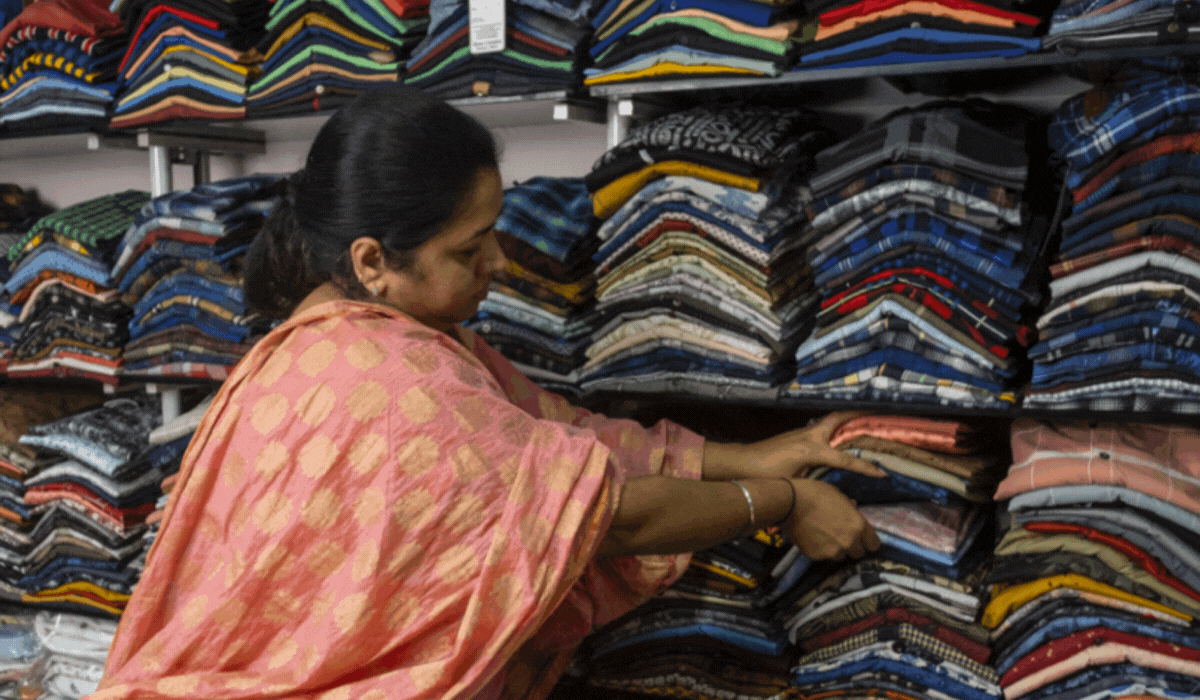
When central bank governors and finance ministers convened in Washington, D.C., for the spring meetings of the World Bank Group and International Monetary Fund, they were tasked with discussing a radically different global economy. Worldwide trade is in upheaval because of tariffs, and most of the world’s 195 countries are scrambling to keep their economic growth on track.
Supply lines are being redrawn to favor the local over the long-distance, and in emerging markets, small, local businesses are beginning to play a larger role in their countries’ prosperity. These businesses will be expected to provide more goods and services, and quickly, needing more resources to make that happen.
But tens of millions of small businesses around the world are unfortunately not able to quickly adapt to shifts in demand. One of the main reasons is their inability to get the necessary credit to expand their operations.
From Pushcarts to Factories
The problem is especially pronounced in emerging markets. The International Finance Corporation estimates that 40% of micro, small and medium enterprises (MSMEs) in developing countries together face an annual financing gap of well over $5 trillion.
Anurag Saxena
As they seek to navigate this period of trade turbulence, banking leaders would do well to take a close look at India, home to smallholder farmers, gig economy workers, small factories, pushcarts and a plethora of other business types which account for more than a third of GDP. A wave of innovation involving alternative data is enabling loans for businesses that have previously been invisible to the financial system – those excluded because of their lack of credit history.
New ways of understanding their digital footprint can help predict business performance, making them visible to providers and able to access a broader suite of financial products and services.
A Complex Puzzle
India launched its digital public infrastructure (DPI) in 2009 with a national digital ID for its 1.43 billion people, followed by a universal payment system in 2016. By the time the world shut down for COVID-19, the government was able to send emergency funds digitally to billions of citizens.
Roma Vasudevan
DPI has served as the rails to bring small, cash-based businesses into India’s formal economy, and upon it numerous other innovations are being built.
While the government took the lead in building this foundational DPI and its regulations, private sector players from the financial sector then created the world’s largest digital payment ecosystem. This collaborative, ecosystem-driven approach serves billions of customers at the lowest possible cost.
Other key contributors, like the Reserve Bank of India Innovation Hub (RBIH), are building new services on top of the DPI that can provide “productive credit” to underserved segments. Its Unified Lending Interface (ULI) aims to break down information barriers between central and state government authorities, fintech companies, account aggregators, credit information companies and Digital Identity Authorities, simplifying a complex puzzle for lenders.
These innovations paved the way for what’s coming next in India: Lending to businesses that have traditionally not been a part of the mainstream financial system.

Photo credit: Accion
Income Proxies
Typically, the process for qualifying for credit begins with a lender reviewing the creditworthiness, financial health, and risk level of a business. This has been next to impossible, however, for millions of informal businesses in India and around the world.
In digitizing its economy, India’s government has removed many of the barriers for MSE’s.
At an individual level, transactional supply-chain data (e.g., fintech platforms capturing orders for retailers) and payments data is being used to develop income proxies. At the segment level, accurately projecting the income of certain groups of customers, based on others with similar sized businesses in specific areas, such as hairdressers or dairy farmers in specific locations, is another approach.
This approach is new, and the world’s financial leaders should keep track of its progress.
The Lesson
Small businesses will need to step up as trade uncertainty puts many national economies in jeopardy. With supply lines in question, they will be asked to play a pivotal role in fiscal recovery and growth. But to meet the spike in demand, tens of millions of these businesses will need access to loans for working capital, asset finance and longer-term capital needs from which they have been excluded in the past.
A national DPI like India’s may not be the best solution for every country. Across countries, the public and private sectors look markedly different. There are also questions around replicability and a need to address whether governments should be taking on a role that has typically been filled by the private sector. However, other countries would do well to take note of India’s current innovations in payment capacity assessment for low-income business owners.
By looking at MSEs and their payment capacity in a different light, and by creating public-private connections to build those rails, other emerging economies could take those innovations and run with them in a way that best serves their own small-business owners.
Trade disruption won’t be easy for any country. But for those who build the right tools benefiting small entrepreneurs that keep their economies ticking along, it might be a chance to flip the script on access to credit.
Anurag Saxena is Vice President, Asia, and Roma Vasudevan is Senior Director, Risk Management and Digital Lending, of Accion Advisory. Accion is a global nonprofit on a mission to create a fair and inclusive economy for the nearly two billion people who are failed by the global financial system. Since 1961, Accion has helped build 267 financial service providers serving low-income clients in 75 countries, reaching 440 million people.
Topics: Modeling